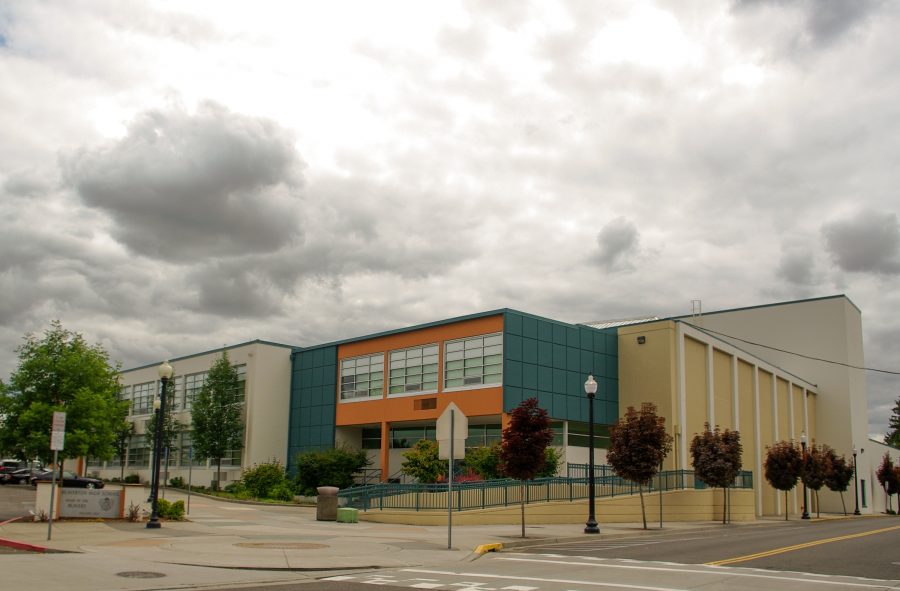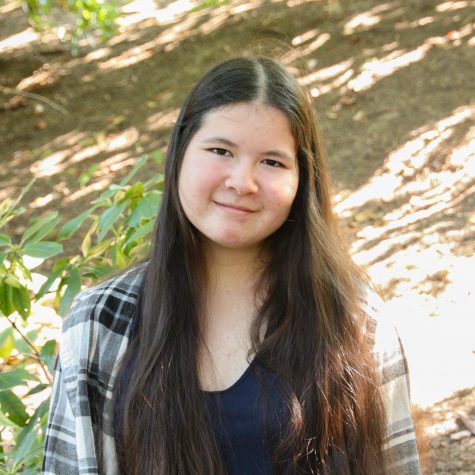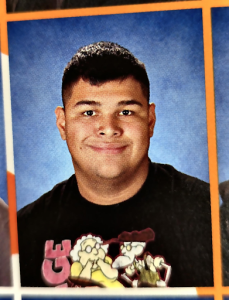As coronavirus cases propagate, the Beaverton community moves forward
March 20, 2020
On March 18, the Beaverton School District sent an email to students and their families. A student at Aloha High School tested positive for COVID-19 and had spent the week before closures at school. The student came in contact with many others and likely transmitted the novel coronavirus. Due to medical privacy laws, the student remains anonymous.
Beaverton High School principal Dr. Anne Erwin is prepared to take on any potential COVID-19 cases at school. “Any time there is a communicable disease identified at school, there are processes we have to follow to provide information to those who need to know while also protecting the privacy of the individual involved,” said Erwin. “Last year, we had several cases of whooping cough and we followed the same procedures. I’d like students, staff, and family to know that we will follow the same processes if we have a confirmed case at BHS.”
While this new case warrants some fear, the likelihood of a student in any school having contracted the novel coronavirus was already high—especially as infected individuals may be asymptomatic—which is one of the reasons closing schools was an important step in reducing the number of cases.
Governor Brown has closed schools until April 28. So far, there have been no new updates, but that could change at a moment’s notice. Due to the lengthy closure, the Beaverton School District looking into ways to make digital learning possible.
At BHS, the focus is on the seniors. “Their year was already affected by our recent fire and now this. Just as we were moving into the part of the senior year that includes some of the traditional events that students look forward to so much—prom, senior breakfast, graduation are all in jeopardy now,” said Erwin. “We’re already making plans for getting seniors who need them opportunities to make up mock interviews they missed last year. These will be done remotely via Skype or Zoom. Plans are being created to take care of seniors who need to pass essential skills.”
Erwin is making greater efforts to connect with students, most notably with an Instagram TV video posted last night. She discussed her feelings about the situation, reassured viewers, and even mentioned how her late mother impacted her decisions. This video was a welcome change from the dry district reports.
“She encourages us by her own example,” said sophomore Tierney Griffiths. “She actually knows the fear this is causing, why it’s causing it, and doesn’t ridicule us for it. She doesn’t pretend this isn’t a big deal, but knows we will get through it.”
For students enrolled in AP classes, The College Board released a statement on Twitter announcing that they will provide resources to AP students, including live AP review lessons, which will start on March 25. Students will be able to test on their devices at home. Courses requiring a portfolio have extended the deadline to May 26, and the number of required art portfolio projects has been reduced. College Board is also offering a survey to help students get access to remote AP learning.
What should students do in all this craziness? “Personally, I hope to take some time to do what I am encouraging others to do—read, get some exercise, and celebrate a bit of joy every day,” said Erwin. “My family decided to create a remote book club and read Treasure Island by Robert Louis Stevenson and I plan to read, via FaceTime to my grandsons in Seattle.”
Even if students can’t spend their spring break as they hoped, they can still make the best of a worrisome situation.
Photo from Wikipedia.





![Nine BHS students participated in the Rhythm B's dance team this year [Photo courtesy of Brooke Billings].](https://beavertonhummer.com/wp-content/uploads/2025/03/IMG_20250314_100538-300x225.jpg)
![Social Media has contributed to the rise of the incel movement [Photo via Wikimedia Commons under Creative Commons license].](https://beavertonhummer.com/wp-content/uploads/2025/02/Man_on_a_smartphone_Unsplash-300x200.jpg)

